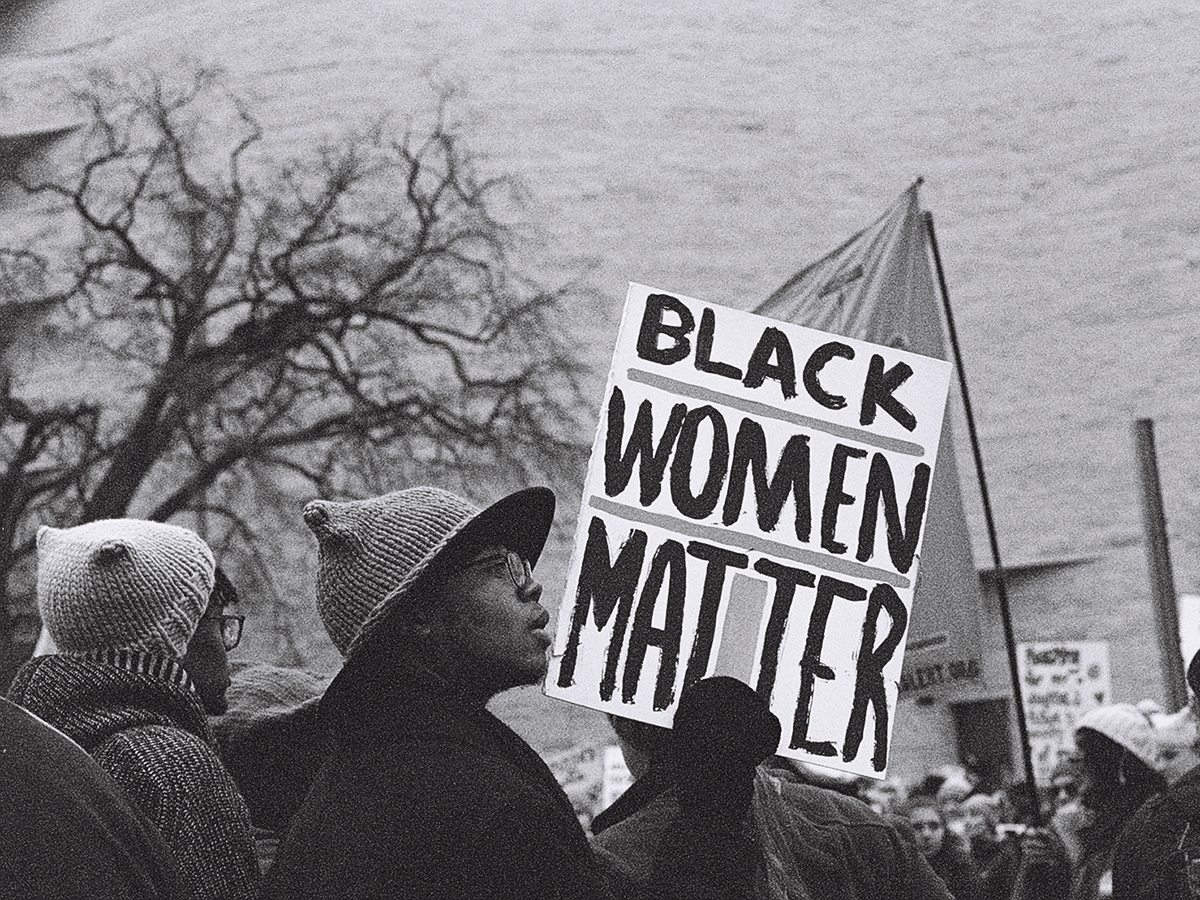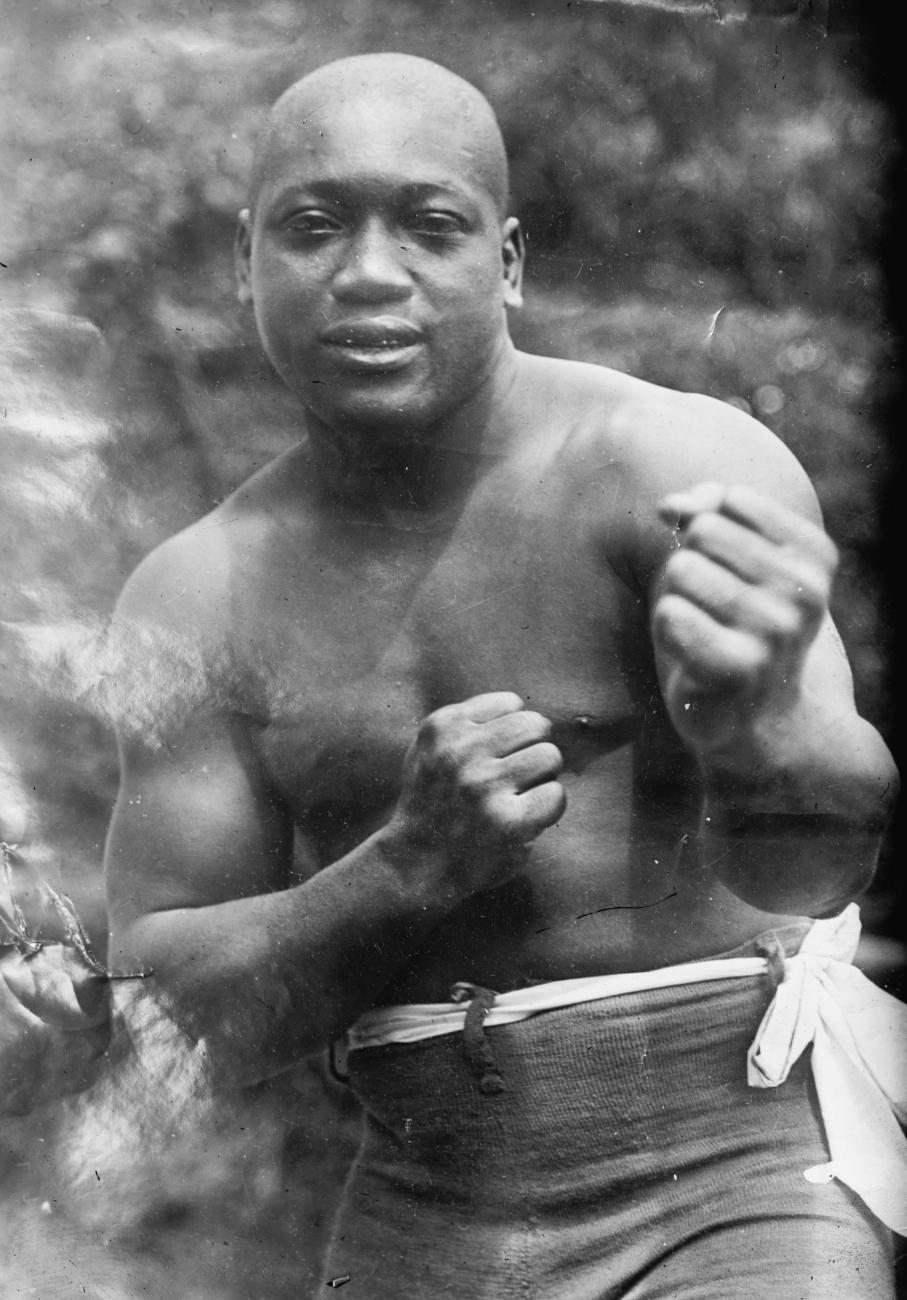Most Popular

The Seven Principles of Kwanzaa

Harriet Tubman: Life, Liberty and Legacy

A New African American Identity: The Harlem Renaissance

The Revolutionary Practice of Black Feminisms

Surprising Facts About Martin Luther King Jr.

The Harlem Renaissance in Black Queer History

Popular and Pervasive Stereotypes of African Americans

The Symbolism Behind the Black Panther Party Uniform

The Little Rock Nine

The Great Mississippi River Flood of 1927

Challenging Police and Promoting Social Change

Sizzle: The Complicated History of the Hot Comb

“What to the Slave is the Fourth of July?”

African Muslims in Early America

Blackface: The Birth of An American Stereotype

Fashioning Power and Gender in Hip-Hop

A Brief History of Voguing

Exploring Black Identities Through Hair

The Historical Legacy of Juneteenth

Musical Life at HBCUs
Latest Stories

Going for Gold: Black Women and Olympic Gender Parity

Black Women Who Shaped Education in America

A History of Black Beaches and Amusement Parks

Black Christ in 21st Century Media

Breaking Barriers in the Sky

The Historical Legacy of the Divine Nine

Babies, Beauty, and Bravery

Jack Johnson: A Heavyweight Boxer That Defied America

African Americans at Work

James Meredith
Explore By Topic
Listen & Watch
Video
Podcast

Pop Music As Black Music with Coco Jones
Whitney Houston was booed at the 1988 Soul Train Awards and critiqued for not making “Black music.” But isn’t pop music Black music? Selema Masekela explores this question through a discussion with the NMAAHC’s Associate Director for Curatorial Affairs Dr. Dwandalyn Reece and NYU professor Naima Cochrane, followed by an interview with rising popstar Coco Jones.

LIVE at the Museum with Jimmy Jam and Terry Lewis
2022 Rock & Roll Hall of Fame inductees Jimmy Jam and Terry Lewis join Selema Masekela in D.C. to unpack the influence of Minnesota and funk rock on their sound. Selema also leads a deep dive into themes inspired by J Dilla's MPC3000, a Mother’s Finest leather jacket and the Janet Jackson key earring.

Gospel According to Mahalia Jackson
We unearth the rise of gospel music through Dr. Reece's examination of Mahalia Jackson's 1949 appearance on Stud's Place and Host Selema Masekela's soulful conversation with celebrated multi-instrumentalist Valerie June.

Crushing Tables and Ceilings with D-Nice
The Smithsonian's Dr. Reece sets the stage for a journey through the evolving world of DJs with a look at the Cold Crush Brothers Table. Host Selema Masekela joins the party with an exclusive D-Nice interview and more.

Classically Nina Simone with Regina Spektor
We grab our Nina Simone recital ticket and enjoy the show as we learn about the skillset that distinguishes classically trained musicians. This episode features an exclusive chat between host Selema Masekela and the classically trained pianist Regina Spektor.

Guitar Gods with St. Vincent
Dr. Dwandalyn Reece cranks up the volume on Jimi Hendrix's amp and Selema Masekela chats with the genre-bending, Grammy-winning St. Vincent, as we explore the evolution of the guitar god.
Gallery Modal

Pop Music As Black Music with Coco Jones
Whitney Houston was booed at the 1988 Soul Train Awards and critiqued for not making “Black music.” But isn’t pop music Black music? Selema Masekela explores this question through a discussion with the NMAAHC’s Associate Director for Curatorial Affairs Dr. Dwandalyn Reece and NYU professor Naima Cochrane, followed by an interview with rising popstar Coco Jones.

LIVE at the Museum with Jimmy Jam and Terry Lewis
2022 Rock & Roll Hall of Fame inductees Jimmy Jam and Terry Lewis join Selema Masekela in D.C. to unpack the influence of Minnesota and funk rock on their sound. Selema also leads a deep dive into themes inspired by J Dilla's MPC3000, a Mother’s Finest leather jacket and the Janet Jackson key earring.

Gospel According to Mahalia Jackson
We unearth the rise of gospel music through Dr. Reece's examination of Mahalia Jackson's 1949 appearance on Stud's Place and Host Selema Masekela's soulful conversation with celebrated multi-instrumentalist Valerie June.

Crushing Tables and Ceilings with D-Nice
The Smithsonian's Dr. Reece sets the stage for a journey through the evolving world of DJs with a look at the Cold Crush Brothers Table. Host Selema Masekela joins the party with an exclusive D-Nice interview and more.

Classically Nina Simone with Regina Spektor
We grab our Nina Simone recital ticket and enjoy the show as we learn about the skillset that distinguishes classically trained musicians. This episode features an exclusive chat between host Selema Masekela and the classically trained pianist Regina Spektor.

Guitar Gods with St. Vincent
Dr. Dwandalyn Reece cranks up the volume on Jimi Hendrix's amp and Selema Masekela chats with the genre-bending, Grammy-winning St. Vincent, as we explore the evolution of the guitar god.
Journey Through History Your Way
Reveal themes related to the African American experience across time and genre from our Searchable Museum.























